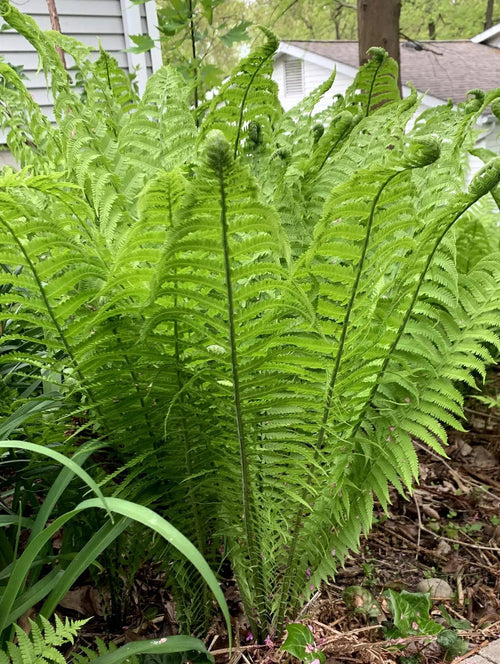A Comprehensive Guide
Introduction Creating a beautiful and low-maintenance garden is a dream for many individuals who desire a serene outdoor space without the hassle of constant upkeep. You can design a garden requiring minimal maintenance while providing a lush and vibrant environment.
This guide will explore various steps and considerations to help you start and maintain a low-maintenance garden.
Planning and Design a. Assessing your space: Evaluate your available space, considering factors such as sunlight exposure, soil quality, and microclimates. Understanding these elements will help you choose suitable plants and design a garden that thrives with minimal intervention.
Garden layout: Opt for a simple and well-structured format that minimizes the need for constant pruning and rearrangement. Straight lines, geometric shapes, and defined borders can create an organized and low-maintenance aesthetic.
Choosing the right plants: Selecting the appropriate plants for your garden is crucial. Aim for native or adaptive species well-suited to your climate and soil conditions. These plants require less water, fertilization, and protection from pests and diseases.
Grouping plants by requirements: Group plants with similar needs, such as those with similar water requirements or light preferences. This approach ensures efficient watering and targeted care, reducing maintenance efforts.
Soil Preparation and Mulching
Soil improvement: Before planting, improve the soil quality by incorporating organic matter such as compost or well-rotted manure. It helps enhance nutrient levels, water retention, and overall soil structure.
Mulching: Use a layer of mulch around plants to eliminate weeds; it also reduces the need for frequent watering and prevents erosion. Use materials like wood chips, straw, or shredded leaves.
Watering and Irrigation
Efficient watering: opt for drought-tolerant plants once established, reducing the need for regular watering. Grouping plants with similar watering needs together will also help optimize irrigation efforts.
Drip irrigation minimizes evaporation and ensures efficient water usage. Timer-controlled systems can be adjusted to provide water at optimal times.
Maintenance and Weed Control
Weed prevention: Minimize weed growth by applying weed barriers, such as landscape fabric or mulch. Regularly inspect your garden and manually remove any emerging weeds to prevent them from spreading.
Pruning and deadheading: Prune plants selectively to maintain their shape and remove dead or diseased parts. Deadheading spent flowers will encourage new blooms and prevent seed production.
Integrated Pest Management (I.P.M.): Employ I.P.M. techniques, such as encouraging beneficial insects, using organic pest control methods, and maintaining a healthy ecosystem balance. It reduces the need for chemical pesticides and fosters a natural pest control system.
Regular maintenance tasks: Establish a routine for essential tasks like fertilizing, inspecting for diseases and pests, and maintaining walkways and structures. Normal but simple maintenance activities will keep your garden healthy and presentable.
Conclusion Creating a low-maintenance garden requires thoughtful planning, suitable plant selection, and efficient design. By implementing strategies such as grouping plants by requirements, improving soil quality, using mulch, and employing irrigation systems, you can significantly reduce the time and effort required to maintain your garden.
You can enjoy a beautiful, thriving garden that demands minimal upkeep with proper maintenance practices such as weed control, pruning, and integrated pest management.
Embrace the joy of a low-maintenance garden where you can relax and revel in nature's beauty without being burdened by excessive maintenance tasks
Tn Nursery
https://www.tnnursery.net



















































